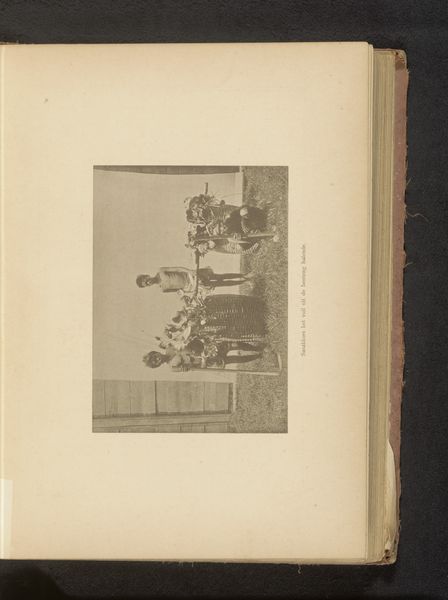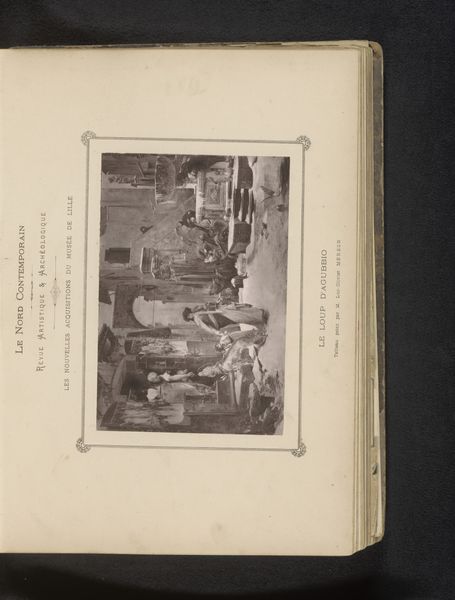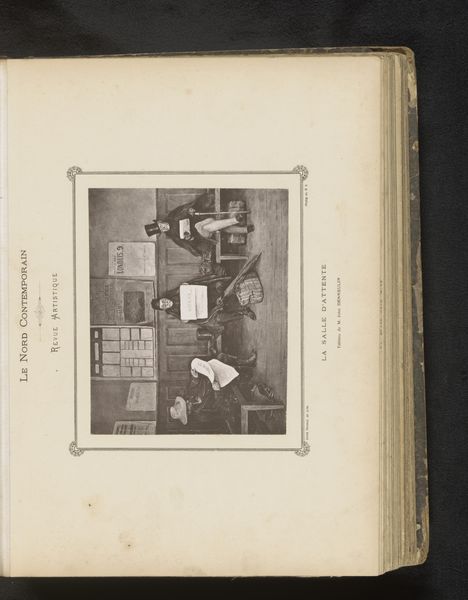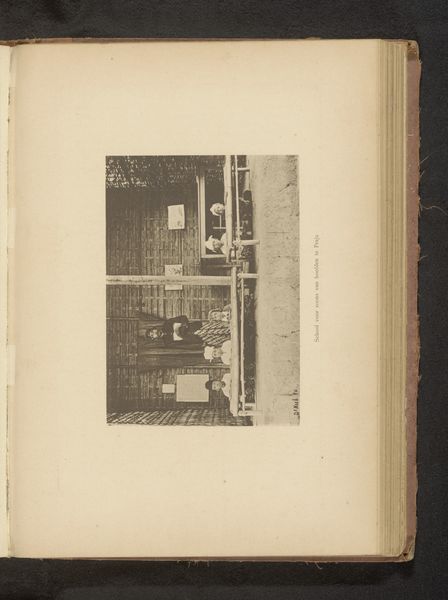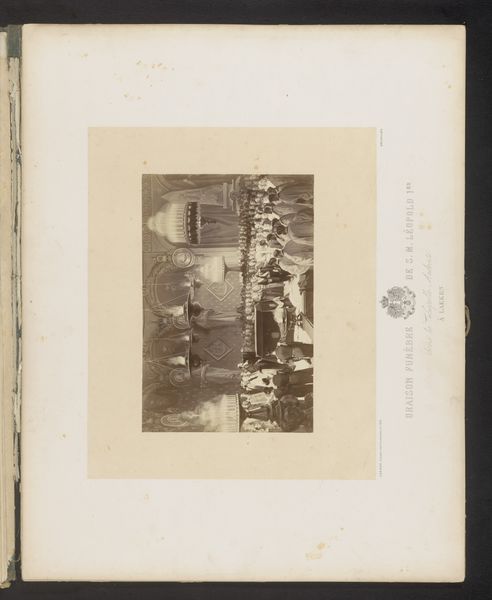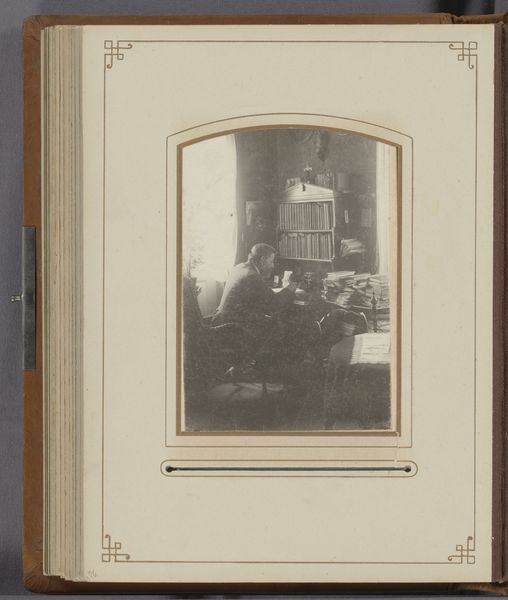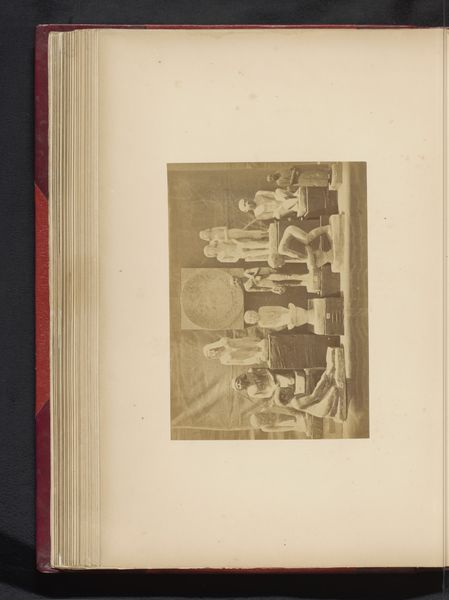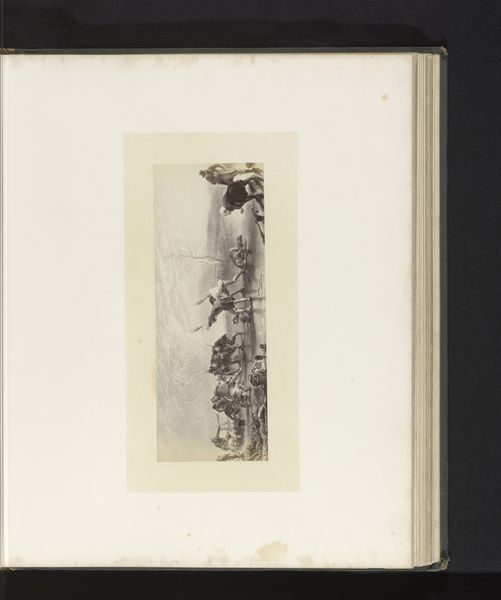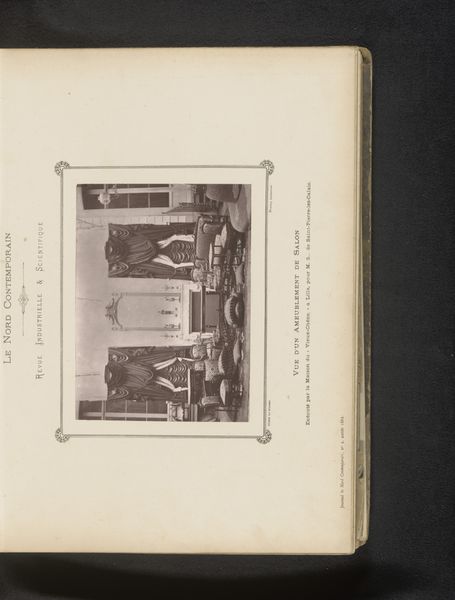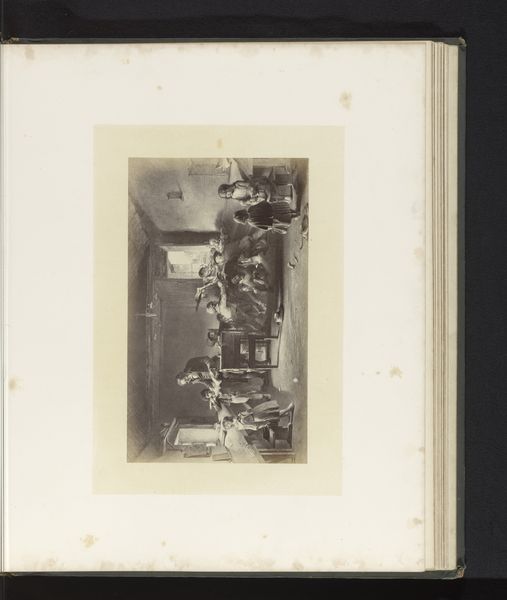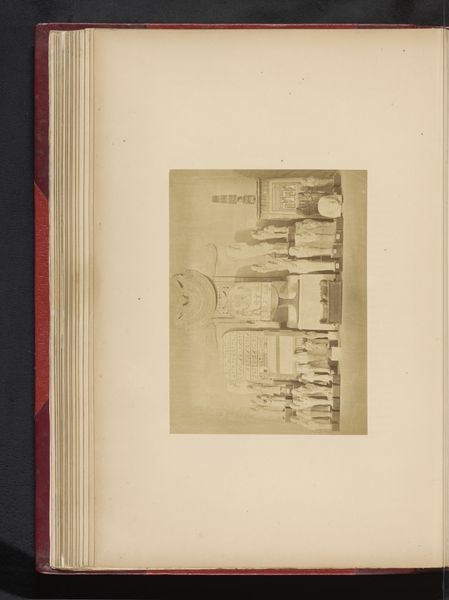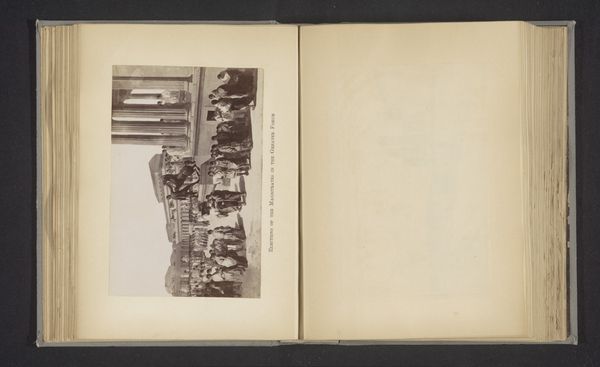
photography, albumen-print
#
still-life-photography
#
ancient-egyptian-art
#
photography
#
coloured pencil
#
ancient-mediterranean
#
albumen-print
Dimensions: height 195 mm, width 251 mm
Copyright: Rijks Museum: Open Domain
Editor: Here we have an albumen print titled 'Diverse sarcofagen in het Boulaq Museum in Caïro, Egypte' by Hippolyte Délie, dating back to before 1871. The muted sepia tones lend a certain gravity to the image, but the way they are arranged makes me feel a strange stillness. It almost looks staged. What strikes you most when you look at this photograph? Curator: It's more than stillness; there's an uncanny quiet, like holding your breath in a sacred space. And you're right to notice the staging; early photography was often about constructing a scene, rather than capturing a candid moment. But to me, what really whispers is the paradox: the desire to preserve death, to make it knowable, manageable, even beautiful. What stories do these sarcophagi contain, do you think? And what stories did Délie hope to tell by documenting them in this way? Editor: I guess there’s that human desire to create some kind of permanence? These elaborate tombs were obviously very important to those ancient cultures. It's kind of funny to think of someone staging sarcophagi though. Does that impact its artistic value? Curator: Artistic value is such a slippery fish, isn't it? In this case, I'd argue it enriches it. It reveals the photographer's own cultural lens, their way of engaging with this ancient past. And the very act of photographing—of capturing light and shadow on these objects—mirrors the Egyptians’ own obsession with immortality. Do you think the artist had an appreciation for that connection? Editor: It is something to think about – preserving the image of preservation. Thank you for pointing that out, it really shifts my understanding! Curator: It has been great sharing ideas about it, you really had me looking in a new direction, too!
Comments
No comments
Be the first to comment and join the conversation on the ultimate creative platform.
